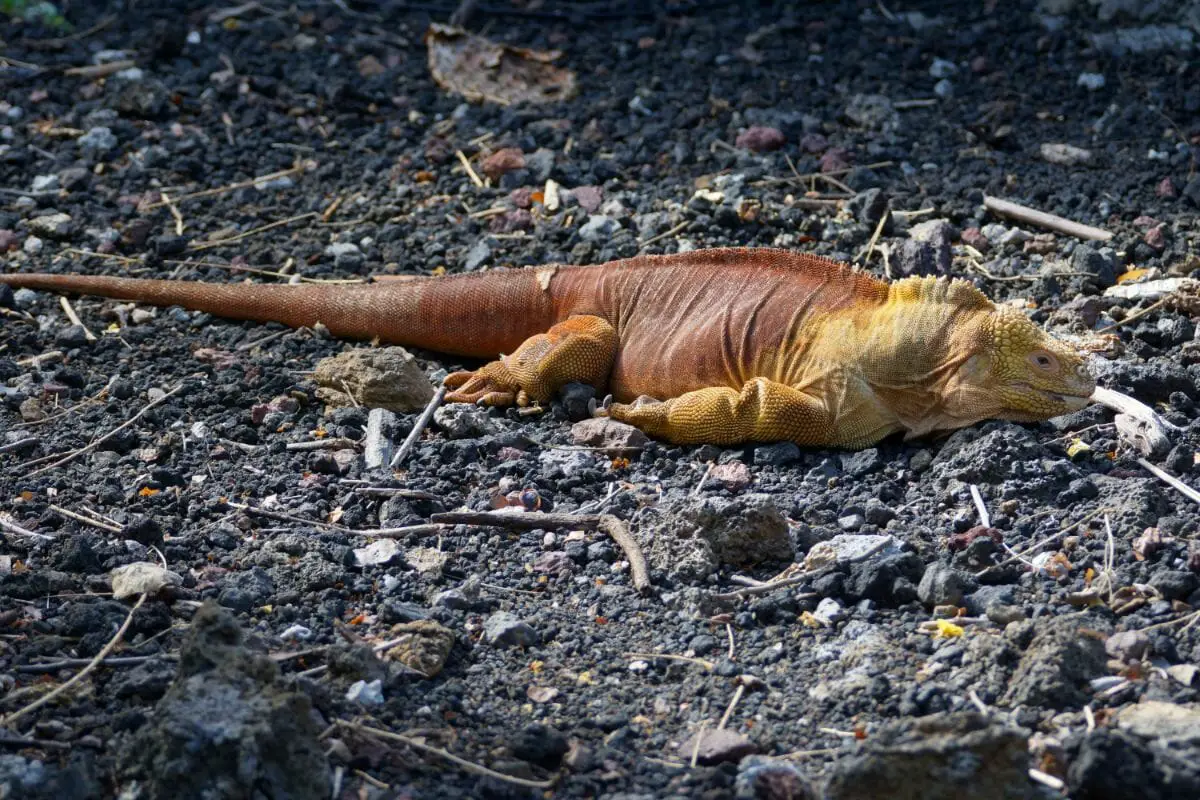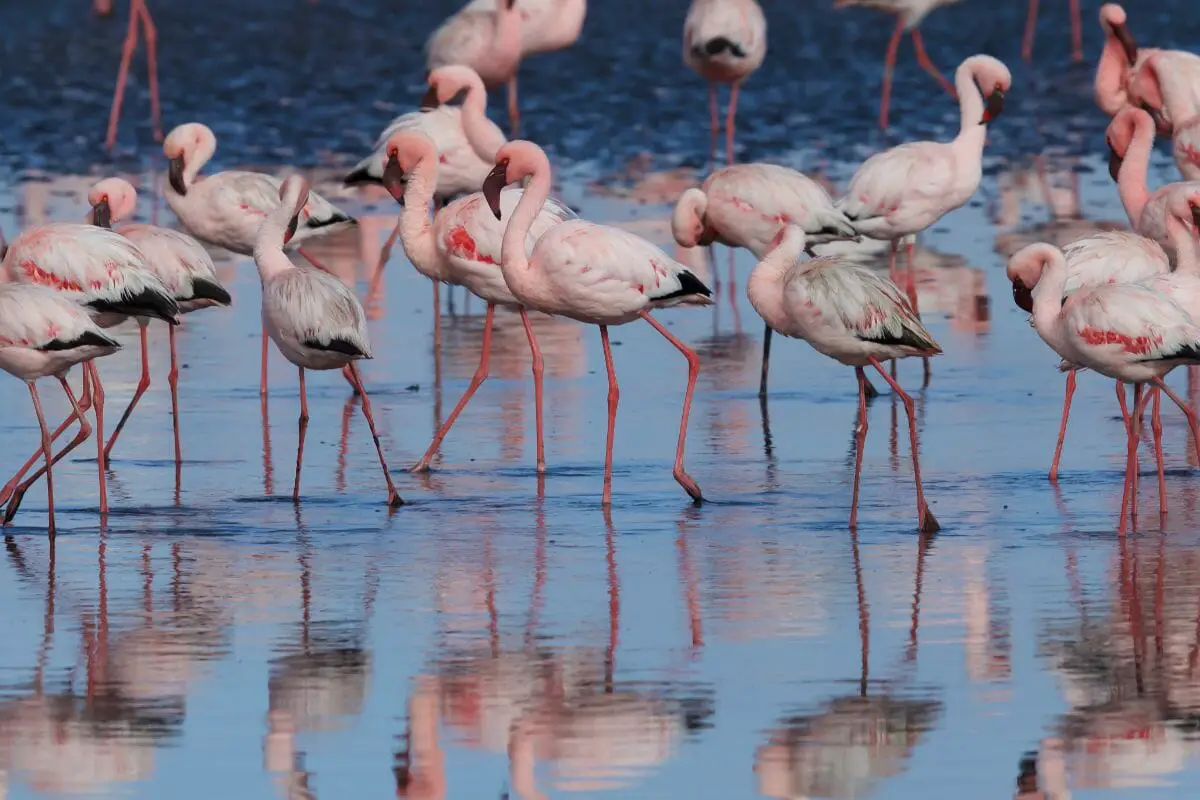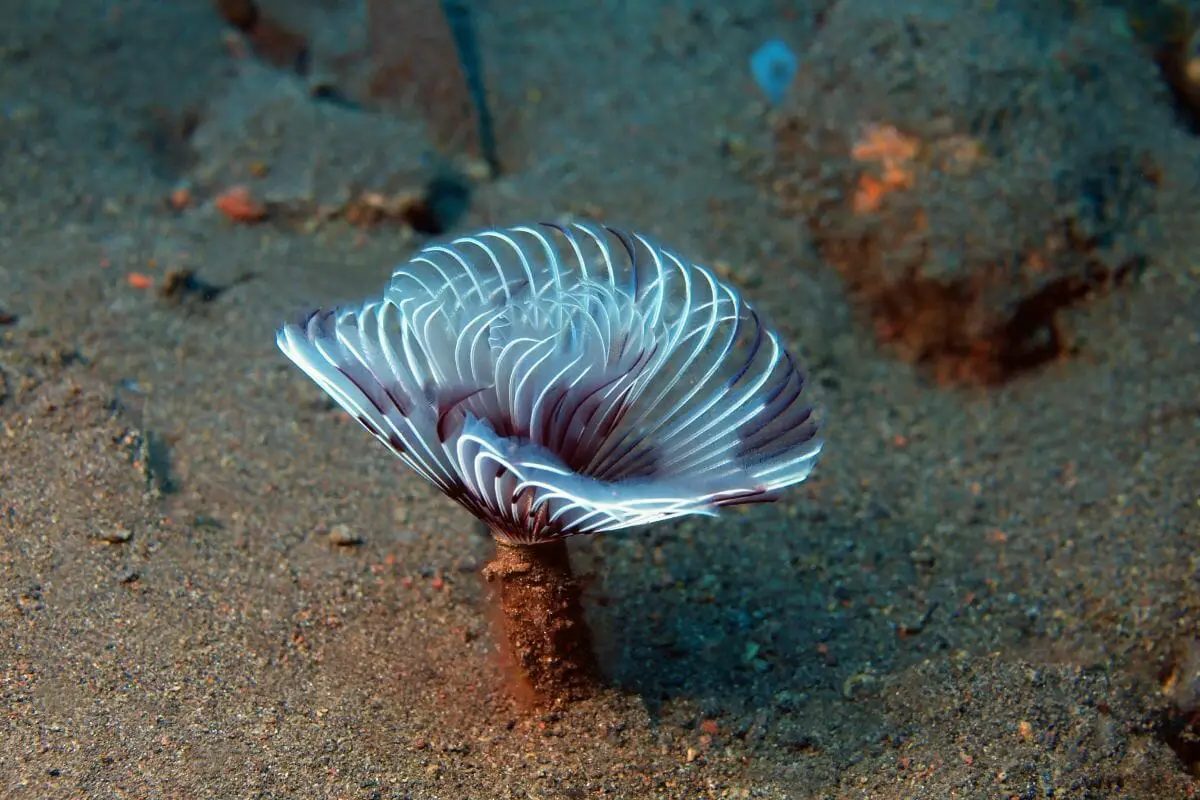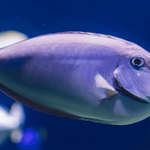
Galápagos Land Iguanas
Contents
show

Volcanic Giant Tube Worms
These volcanic giant tube worms, akin to the Loihi shrimp, could be deemed one of the most bizarre creatures thriving on this planet, yet they also survive one of the harshest environments – near active underwater volcanoes. The tube worm is an invertebrate marine worm that, over the years, has adapted to be able to live in underwater volcanoes. These underwater volcanoes produce hydrogen sulfide, boiling ash, carbon dioxide, and methane – a combination of elements that would kill any other creature. However, due to some key adaptations, these creatures can live right next to these vents. These include extremely strong muscles and skin that can withstand these toxic elements. What sets these creatures apart from any other animal is how to absorb oxygen, which is simply that they don’t. Rather, they absorb the carbon dioxide from the underwater volcano to breathe. This is strange considering that these are animals, not vegetation or plants, and they use carbon dioxide to breathe. Little is still known about the animals. Having been discovered relatively recently in 1977, scientists have yet to study them extensively; how they age hasn’t even been discovered yet. What we do know is how fast they grow, which is a rate much faster than some other deep-sea animals, but this is it. Their body and lives are so vastly different from anything else we’ve seen before; that they could be considered alien.Lesser Flamingo
Typically found in areas of India and the arid regions of Africa, lesser flamingos are also known to live around volcanoes. The reason for this is that flamingos tend to feed on a species of algae that is commonly found in alkaline lakes, with these lakes being found near sites of active volcanoes. As a result, these lakes are believed to be some of the toughest environments on the planet due to reaching temperatures of over 40 degrees Celsius and containing extremely concentrated levels of salt. Ever wondered why flamingos have long legs? Well, this is one of the reasons. Their long legs help protect their bodies from the hot water while still allowing them to feed. They also use their wings to fly away from any dangers which may occur such as volcanic eruptions.
Pompeii Worm
These are similar to the Volcanic Tube worms; however, there are a few differences between the two. The biggest difference is that these Pompeii Worms are much more extreme than their counterparts. While the Volcanic Giant Tube worm lives by the volcanic hydrothermal vents, these extremophile animals live directly on top of these vents and can be found nowhere else on earth. They follow some of the same breathing patterns as tube worms such as absorbing CO2 and being unaffected by the surrounding elements; however, these worms do it much better. For one, they are extremely heat-tolerant and are considered one of the most tolerant complex creatures in the world, after the tardigrade, and can withstand temperatures to 105 degrees Celsius for a short time comfortably. Having also been discovered by humans 40 years ago, there is still little known about them, with only a dozen Pompeii worms recorded. This is mainly due to their extreme habitats. This makes them one of the strangest and most interesting species in the world.Final Thoughts
A volcano is one of the most extreme environments in the world. As a result, it is one of the most difficult places for animals to live(see also: Animals That Live in Canada). Not only are you exposed to extreme heat and instability, but even the water and air are toxic to most animals.Latest posts by Olivia Kepner (see all)
- What Should I Do If A Koala Bites Me? Safety Guide - 2024-05-30
- Are Kangaroos Born Without Hind Legs? A Fascinating Journey - 2024-05-30
- Animals That Look Like Squirrels - 2024-05-30









